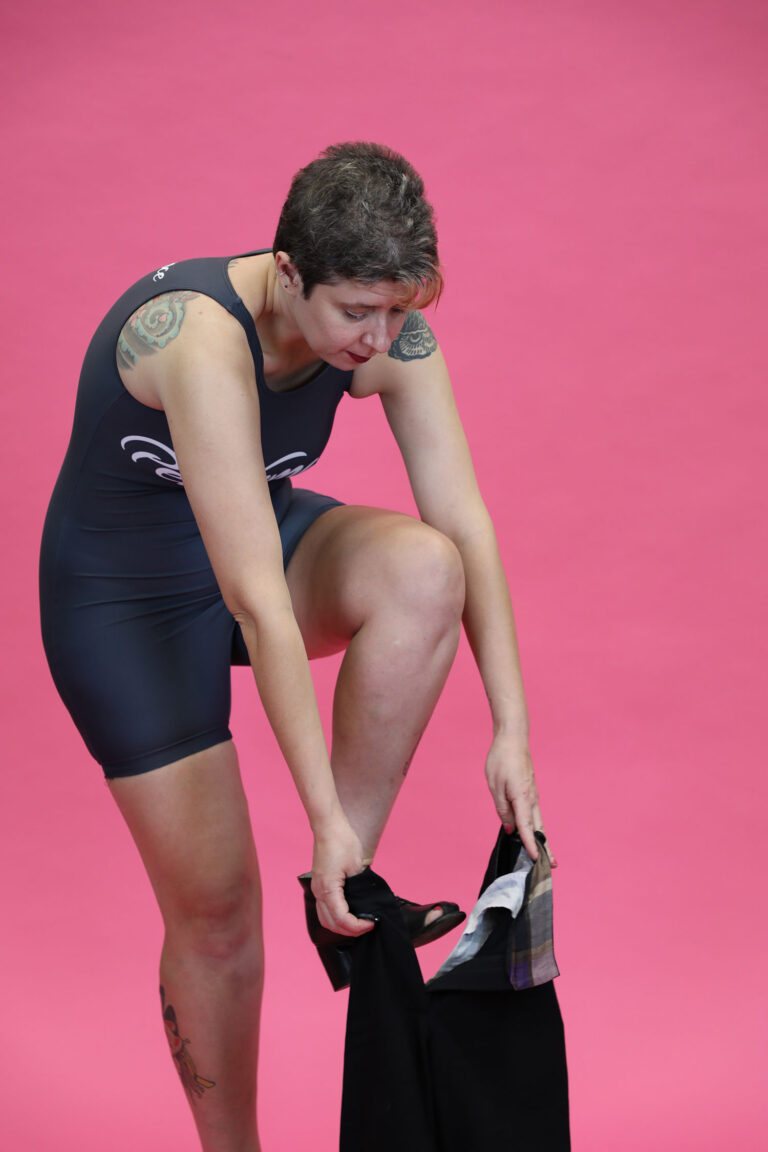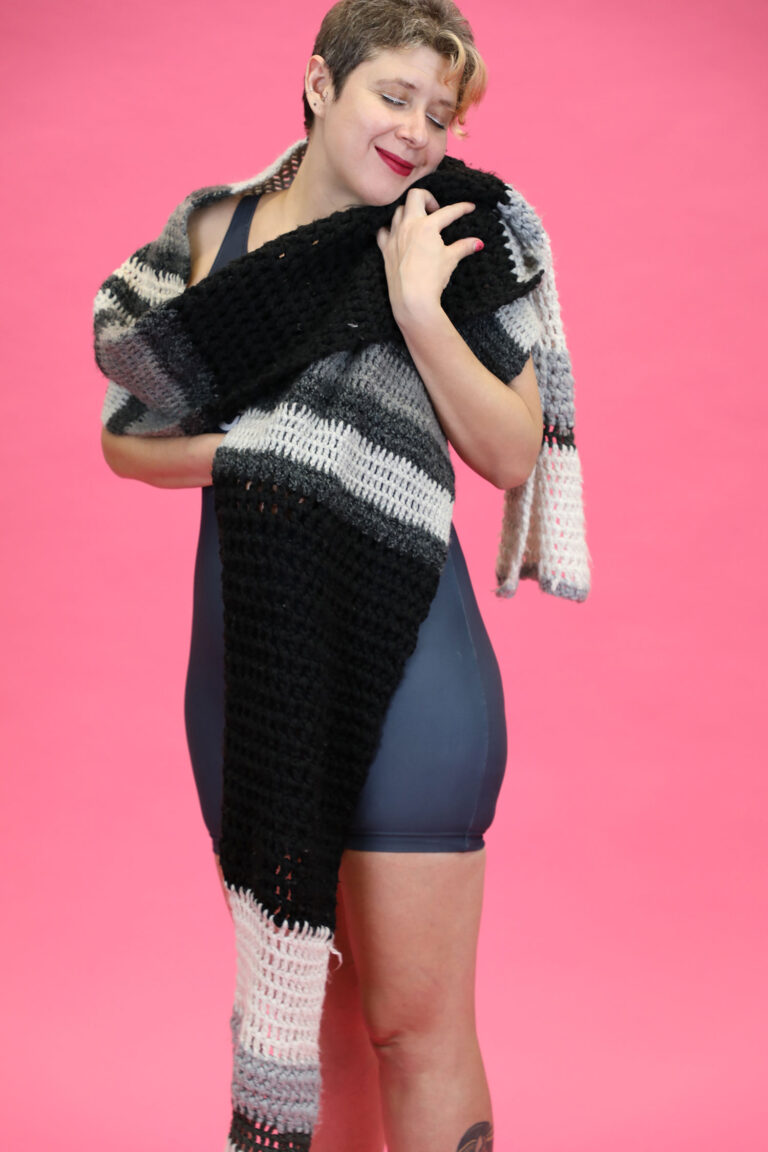#Artletics is a neologism of art and athletics. It is a creative practice that relies on performative and somatic activities to stimulate affect and expand awareness beyond rational thinking and the traditional senses. Drawing from the rituals associated with dress – like sewing, crafting and repairing, getting dressed or caring for garments – choreographed movements are performed normally in the context of a workshop or exercise class. The aim of practicing #artletics is to stimulate awareness of an agentic world and the intra-relationality that exist between us and our wardrobe. The movements in #artletics are based on the Laban Movement Analysis (LMA). Laban movement components elicit and enhance the basic emotions of anger, fear, sadness and happiness.
Your body is in pain, you are tense and stressed out all the time. But posture and lack of movement might not be the only causes of physically felt complaints. The ailments could be manifestations of unprocessed emotions. Trauma, for example, is not something that you experience with your head, but with your body. It’s an experience you embody[1].
But how does this trauma find us? Beyond the obvious causes, I postulate a variety of avenues through which we usher trauma into our lives. One of these is through the material objects we interact in. Specifically, fashion, an item that lies close to our skins and comes into direct contact with our bodies. The bidirectional exchange of affects[3] between clothing and body is innumerable. Are we sure the negative energy accumulated from the industrial fashion process, a very exploitative system, is not reaching us through our garments and lodging itself in our bodies?
Dance and Movement Therapy makes a for using our bodies to resolve embodied tension. The therapy can help eliminate emotional blockages and release tension[2] because movement can process feelings with greater lucidity than words may be able to. We had bodies before we had language. Language itself is a type of speculated embodied behavior.
I researched many movement therapies but the one that resonated with me most was the Laban Movement Analysis (LMA). Laban movement components elicit and enhance the basic emotions of anger, fear, sadness and happiness. In my approach to LMA, I hope to create access points to the invisible forces in fashion and make people more aware of the stories, memories or energy in their clothes. By practising LMA we might be able to gain insight into inner stresses caused by our wardrobe as well as cultivate a more positive relationship with fashion.
According to Rudolf Laban, who conceptualized LMA, everything you show on the outside (body posture and movement) is a reflection of your personality, your mood, your thoughts and feelings. Your body language expresses what is happening inside you. But so does the outfit you wear. Let’s explore the impact between these two realms – bodies and fashion -more through movement therapy.
- Cristina Caizzi. (2012). Embodied Trauma: Using the Subsymbolic Mode to Access and Change Script Protocol in Traumatized Adults. Transactional Analysis Journal,42:3, 165-175. DOI: 10.1177/036215371204200302
- Bosman, R. (2017). Movement Analysis. Romaniebosman.com. [Online]. Available at: https://www.romaniebosman.com/en/beyond-dance/movement-analysis/
- Masumi, B. (2015). Politics of affect. Cambridge, UK; Malden, MA: Polity









